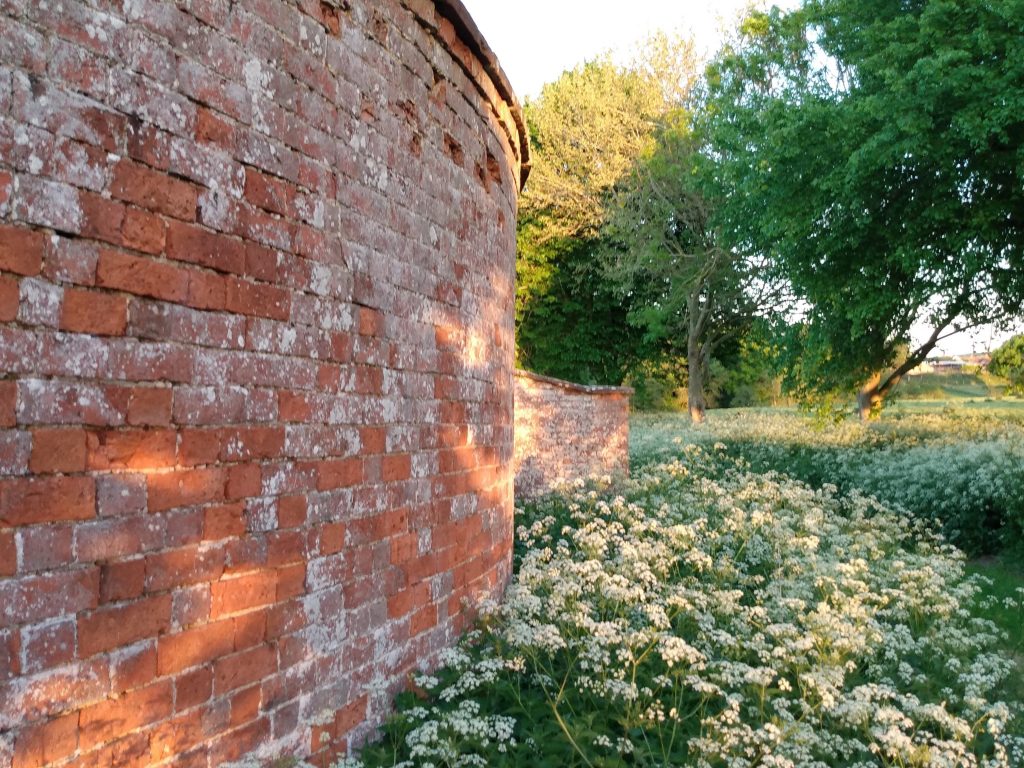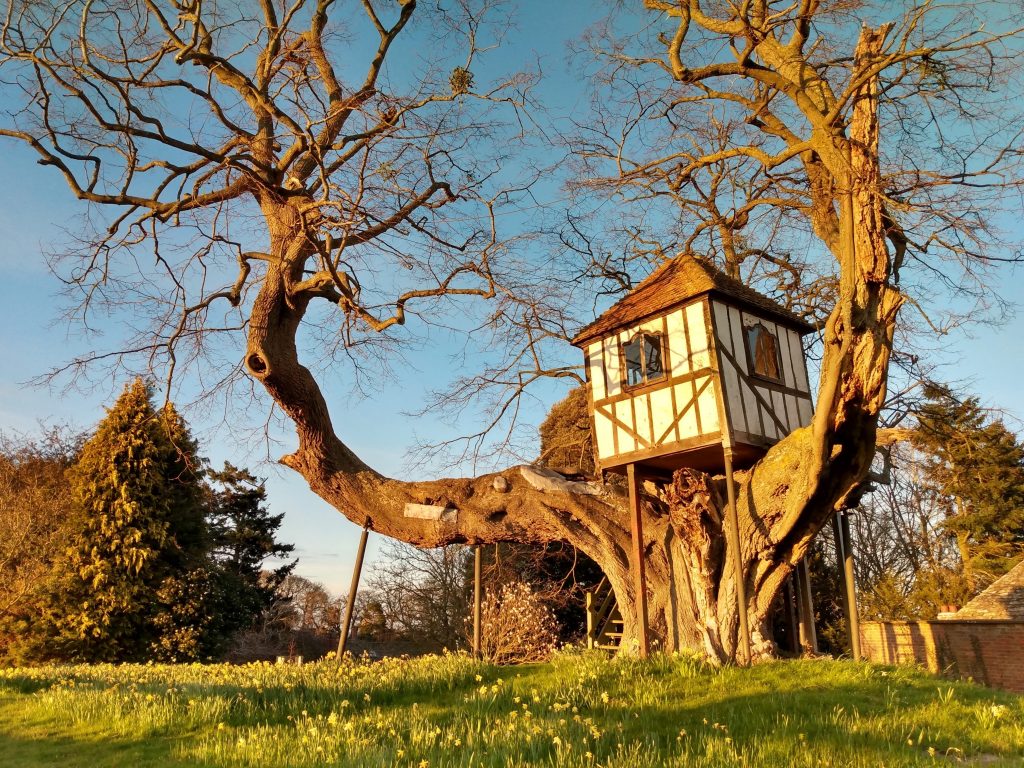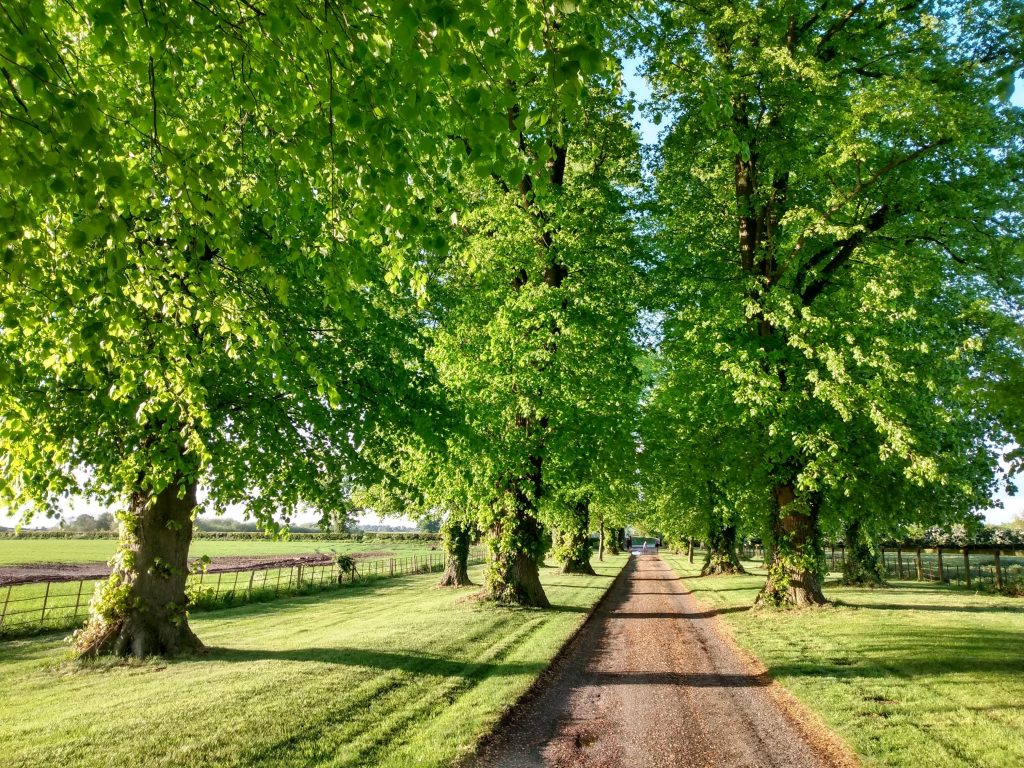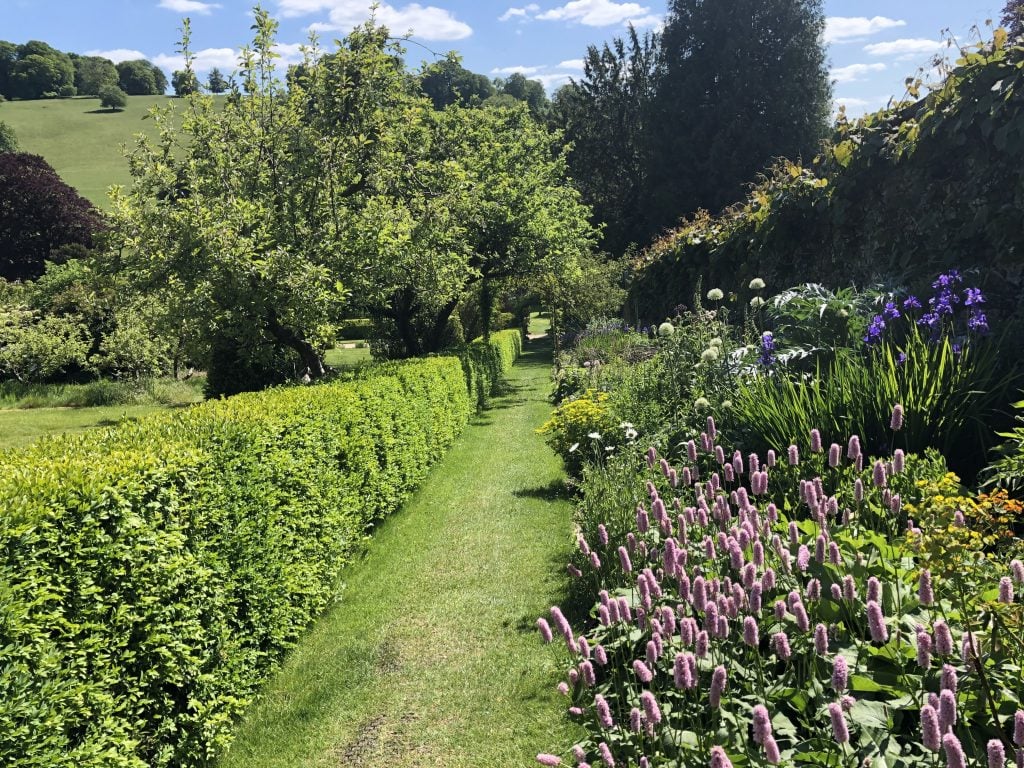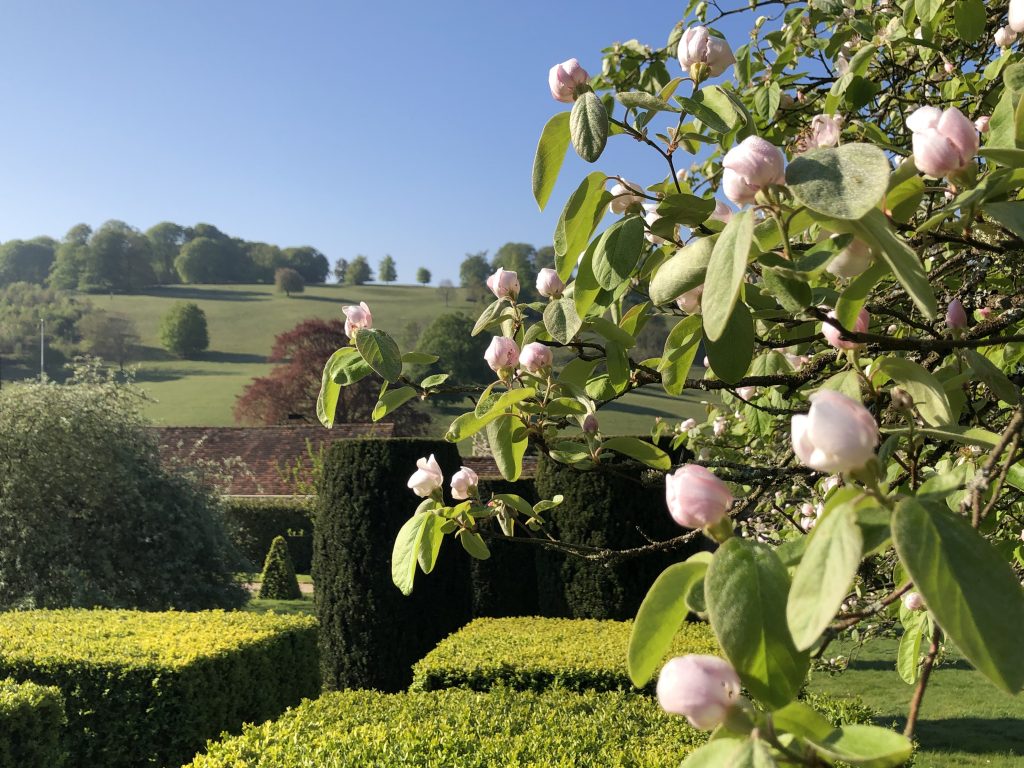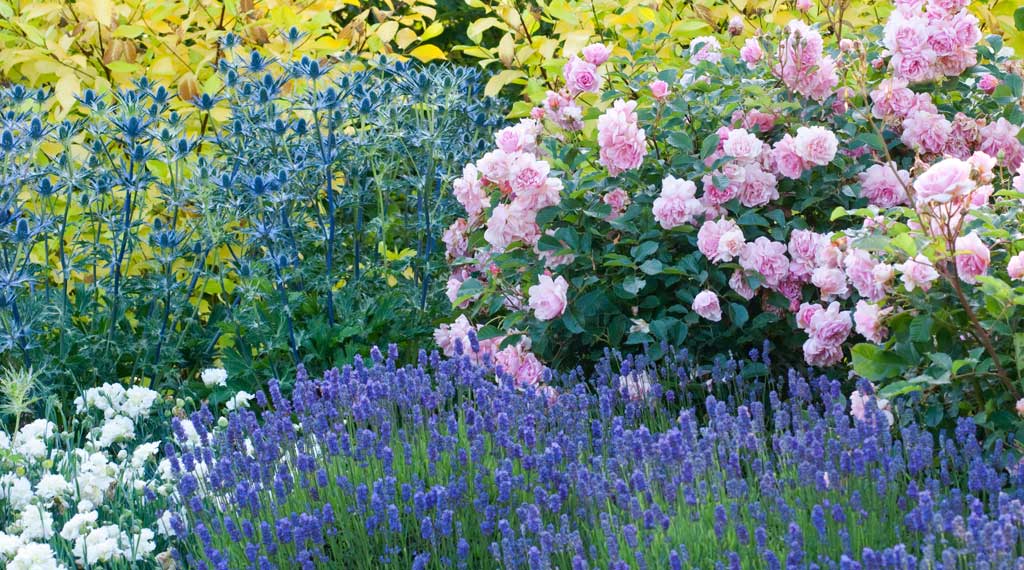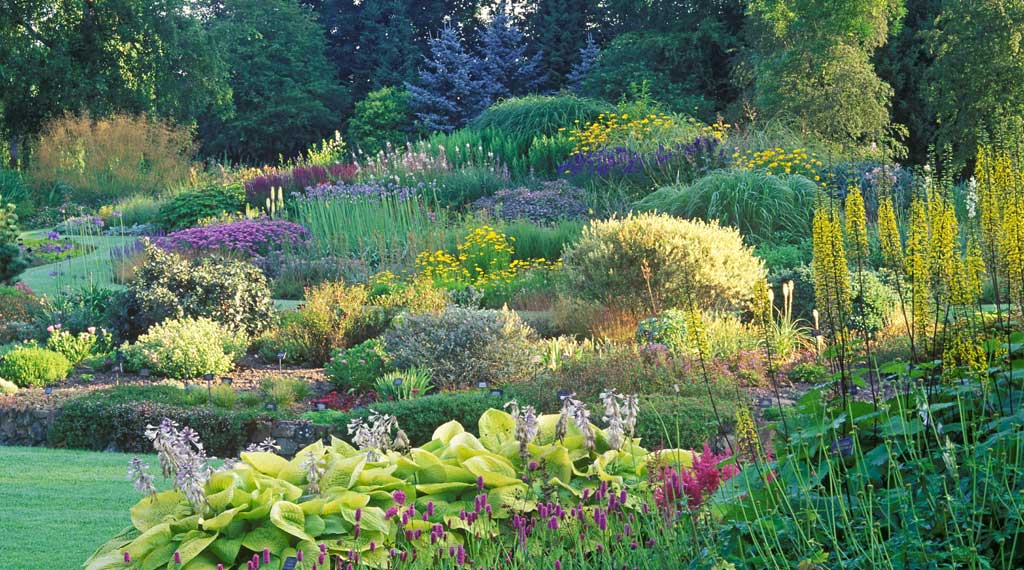Return of five famous gardens …
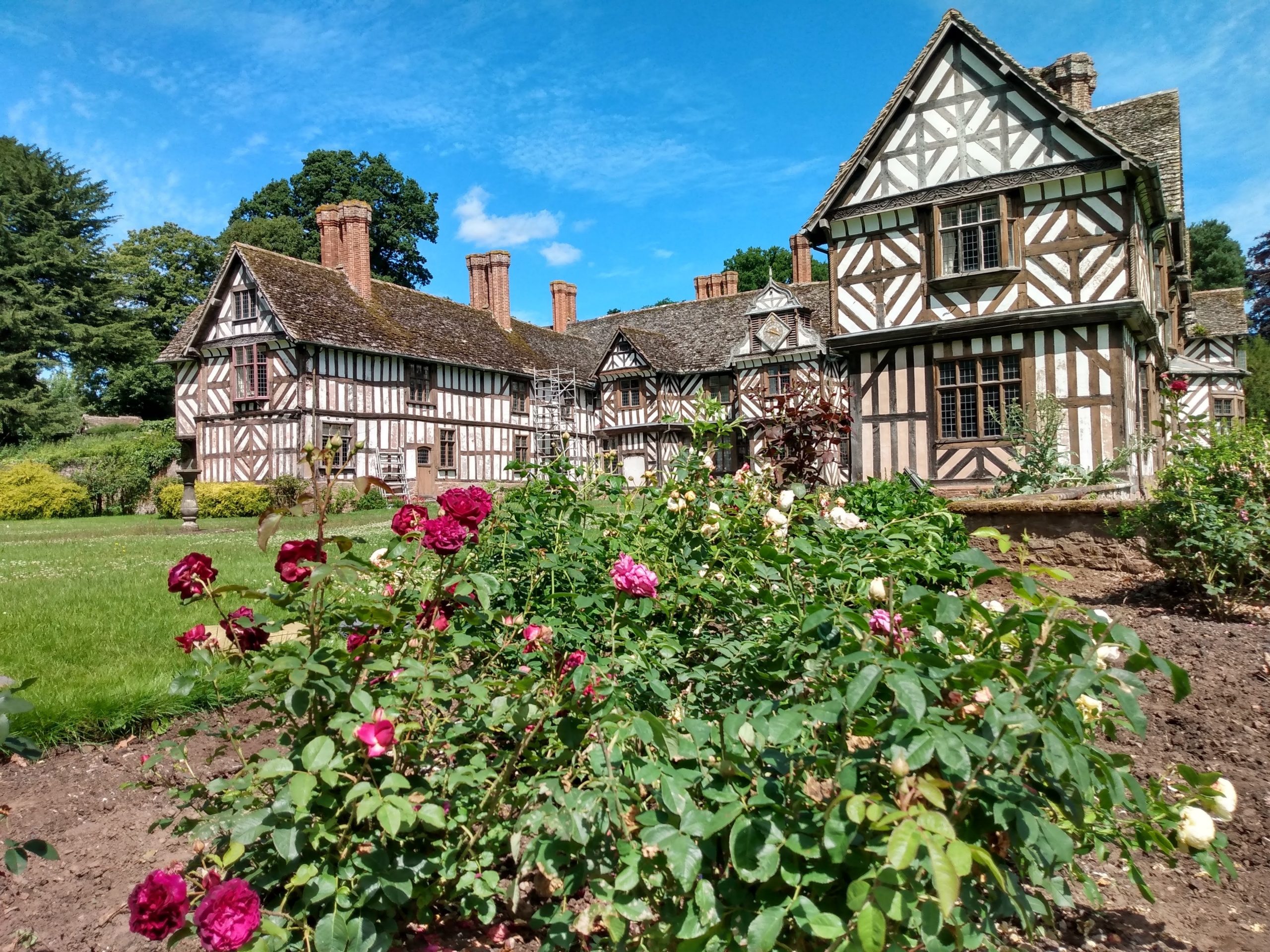
For almost 95 years the National Garden Scheme has been opening private gardens to the public to raise funds for nursing and health charities. Many of the gardens dip in and out of the Scheme; some take a well-earned break for a year or want time out to develop or plan a new part of the garden, others are sold and the garden loving owners move on.
“Whatever their reason for leaving, we are always thrilled to welcome gardens and their owners back to the fold, especially when their absence has been long. It shows a real loyalty and devotion to the charity and proves that it’s a wonderfully irresistible Scheme to be part of,” says National Garden Scheme Chief Executive, George Plumptre.
Occasionally a garden returns to open for the scheme after a break of decades and in many cases we discover that they were amongst our earliest openers which is always exciting. In 2021, 358 gardens are returning to open their gates to the public* and among them are five historic gardens that visitors are sure to want to explore.
Pitchford Hall, Shropshire (pictured above). Viewed by Country Life magazine as one of the most beautiful historic houses in the country, the gardens of the Elizabethan Grade I listed black and white timber framed building were one of the original openers for the National Garden Scheme in 1927. It returns this August after a 29-year absence.
“When Pitchford Hall was reunited with the Pitchford Estate in 2016 we moved back into a house that had essentially been abandoned for a quarter of a century,” says current owner James Nason. “The Hall was derelict, frequently broken into and was on English Heritage’s Buildings at Risk Register. Like the house, the garden and grounds were in a poor state but after five years of hard work we now feel able to display the garden as a work in progress, a restoration project, rather than an embarrassment. Under the guidance of Derek Owen (grounds man) and Phil Tatler (gardener) we look forward, almost a hundred years later, to following in the footsteps of Lady Sybil Grant (wife of the owner of Pitchford Hall in 1927) and open Pitchford’s garden and grounds and allow guests to once again climb up into the Pitchford Lime and sit within the Pitchford Treehouse.”
- crinkle crankle wall
- the famous tree house
- the lime walk
The grounds feature one of the world’s oldest treehouses; dating from the late 1600s it was first mentioned in 1692, given a new image with ornate plasterwork in 1760 and restored in 1980. Situated in a large leaved lime tree (Tilia Platyphyllos) it is constructed in the same half-timbered style as Pitchford Hall. Queen Victoria recorded in her diary that she watched a visiting pack of foxhounds from the treehouse during her visit to Pitchford Hall as a young princess in 1832.
Away from the Pitchford Treehouse the gardens offer the visitor the chance to witness the restoration work that has been carried out around the walled garden and Pitchford Orangery, the borders surrounding the South Lawn, the arboretum, a newly planted traditional Marches apple orchard and the grass terraces that run down to the Row Brook framed by the cascade and weir. Visitors will enter the grounds through the lime tree drive planted in the 1830s and enjoy views of the Shropshire Hills across the pastures of this historic Tudor estate.
For more about this Shropshire treasure and its opening on 22nd August see: Visit a garden in your area – National Garden Scheme (ngs.org.uk)
For more information about the Pitchford Estate – www.PitchfordEstate.com
In under an hour’s drive from Pitchford, heading west across the Welsh border, you arrive at Vaynor Park in Mid Wales. The garden last opened for the National Garden Scheme 38 years ago in 1983 and prior to that was opened on and off for 20-30 years by the Corbett Winder family who have lived a Vaynor Park since 1720. It is now home to the artist Kate Corbett Winder and her husband William.
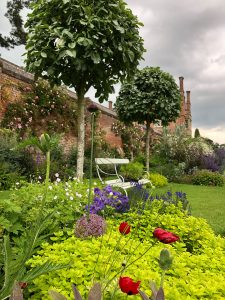
The five-acre garden combines spectacular south facing herbaceous borders that thrive from spring through to early autumn with a succession of bulbs, tulips, roses perennials, annuals, late flowering salvias, penstemons and dahlias. The terraced garden is sheltered by red brick walls that host climbing roses and tender shrubs, vines and clematis while in the woodland garden, rambling roses scale the Douglas firs planted one hundred years ago. There is a box edged rose parterre, laid out in 1867 which now contains a mix of old varieties and new English roses, underplanted with cosmos and nicotianas. The acid soil is ideal for the banks of blue hydrangeas that flower from August through the autumn, while the inner courtyard is planted with lime green paniculata and Annabel hydrangeas.
There are topiary yew birds and clipped box buttresses and spires that bring formality to the looser plantings of anemones, phloxes and grasses – as well as a box edged herb garden close to the kitchen door. In the orangery, a plumbago romps up the terracotta walls companionably beside a variety of pelargoniums. Add to that horticultural heritage the incredible views into Wales and Shropshire and this is a garden not to be missed when it opens on 5th September. Visit a garden in your area – National Garden Scheme (ngs.org.uk)
One of the most charismatic gardens to return this year is Encombe in Dorset. Situated on the Purbeck coast, Encombe was the home of the Pitt Family and opened on and off for the National Garden Scheme between 1933-1985.
The garden and estate have been extensively redeveloped since the current owners bought the estate in 2009. A modern, sympathetic design for the garden by Tom Stuart-Smith has been implemented since 2011 with the majority of the hard and soft landscaping being completed in 2012.
- The gardens at Encombe looking toward the Temple
The main garden to the south of the house includes large sweeping borders filled with grasses and perennials that embrace the Temple which offers views across the lawns, lake and surrounding countryside. Behind the courtyard and Clock Tower lies the walled garden, where deep herbaceous beds follow the walls and, in the centre, surrounded by a young orchard, is a yew-hedged garden planted around a millstone fountain. Varied planting within the extensive borders mix prairie style modern planting with traditional English cottage style, all underpinned with structural shrub planting. Elsewhere, there are wildflower meadows, woodland walks, lakes, a kitchen garden and wilder areas all with glimpses of the Jurassic coast. The garden and estate continue to be developed with new areas being added, together with massed bulb and tree planting.
“It’s fabulous to welcome the garden at Encombe back with its wonderful new additions from Tom Stuart-Smith,” says George Plumptre. “This exclusive opening of the garden, that is not usually open to the public, provides a wonderful opportunity for an unforgettable visit this June.”
For more information about the special opening on 15th June see: Visit a garden in your area – National Garden Scheme (ngs.org.uk)
One of our most historic returning gardens is Stonor Park in Oxfordshire. This grand dame of gardens last opened for the National Garden Scheme in 1932.
“It’s been a long absence of 88 years so we are delighted to see this beautiful garden opening for us once again,” says Chief Executive, George Plumptre. “Interestingly, our archived index cards that record all the gardens since 1932, had very few notes about Stonor’s wonderful gardens noting simply ‘Deer park. Interesting house.’ The reality is slightly more expansive.”
- The glorious gardens at Stonor
The gardens at Stonor date back to Medieval times when the walls of the great garden and orchard were first pinned and whitewashed. In 1480 the head of the Stonor family, Sir William Stonor, received a letter from his friend William Harleston, stating ‘that you do make a fair new garden’. Today, they are still nurtured by the same family who first laid them 550 years ago.
In the 17th century the walled garden was divided into a terraced pleasure garden and a kitchen garden and the current layout still recognisably stems from this period. In 1978 Lady Camoys re-designed the kitchen garden using a painting of it from 1686 as her inspiration, creating borders within a grid, filled with beautiful herbaceous plants. Built into the hill, visitors can also enjoy a unique sense of place and sunny terraced walls.
In 2016 William and Ailsa Stonor began looking after the garden when they moved into the house with their young family. A passionate gardener, Ailsa studied landscape design before working for a landscape architect’s office and is enjoying continuing to look after this much-loved garden.
For more about Stonor’s opening on 8th June for the National Garden Scheme this summer see: Visit a garden in your area – National Garden Scheme (ngs.org.uk)
The last, but not least of our returning famous five is The Bressingham Gardens (below) in Norfolk which last opened for the National Garden Scheme in 1985. Here, 17 acres of gardens which visitors describe as ‘the best they have seen’ allows you to follow the trail around the island beds of the late Alan Bloom’s Dell Garden, through the Fragrant Garden, and Adrian’s Wood with Giant Redwoods, to the famous Foggy Bottom garden, with dramatic rivers of planting.
This opening offers a rare opportunity to see the garden on a summer’s evening on 24th June. Visit a garden in your area – National Garden Scheme (ngs.org.uk)





